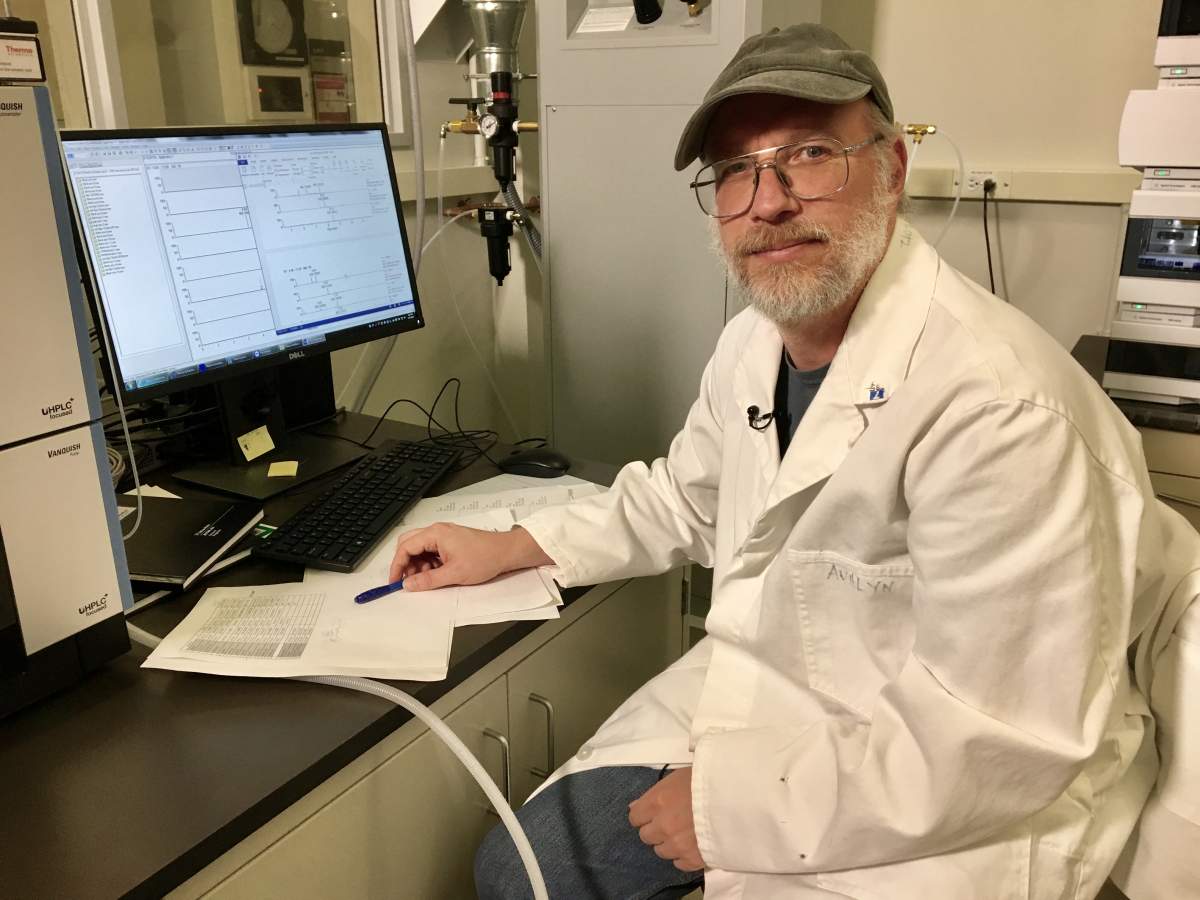University of Alberta researchers say their recent findings could allow doctors to detect the potential of stillbirth.

The research used chemicals – called biomarkers – found in the human body to identify early symptoms of stillbirth.
“When we started analyzing the blood of women who experienced stillbirth and compared them to healthy women, we noticed there’s a chemical difference,” said David Wishart, lead author and biological sciences professor.
“This suggested that we could predict and potentially prevent stillbirths.”
READ MORE: Study suggests pregnant women who sleep on their backs double the risk of stillbirth
Wishart and his team used mass spectrometer to examine maternal blood, and identified four chemicals that showed up consistently in mothers who experienced stillbirth.

Get weekly health news
Combining that with demographic information about the mothers, the researchers discovered biomarkers for predicting signs of first-trimester stillbirth, including a fifth, previously unknown blood chemical, called verruculotoxin.
“Verruculotoxin is likely produced by microbes and fungi,” Wishart said. “This is intriguing because there’s anecdotal information about high instances of stillbirth among people living in areas where there is a high degree of mold.”
READ MORE: 5 commonly asked questions about miscarriage
Wishart said this approach will allow scientists to develop tools and technology to screen for other preventable illnesses that affect both women and children.
He calls the research “the tip of the iceberg.”
“By looking at the chemicals in the mother’s blood we can actually identify the risk for not just stillbirth, but a whole range of other conditions both for the mother and the fetus,” Wishart said.
Because so little is known about the verruculotoxin, further research is necessary before a definite relation to stillbirth can be confirmed, Wishart said.



Comments